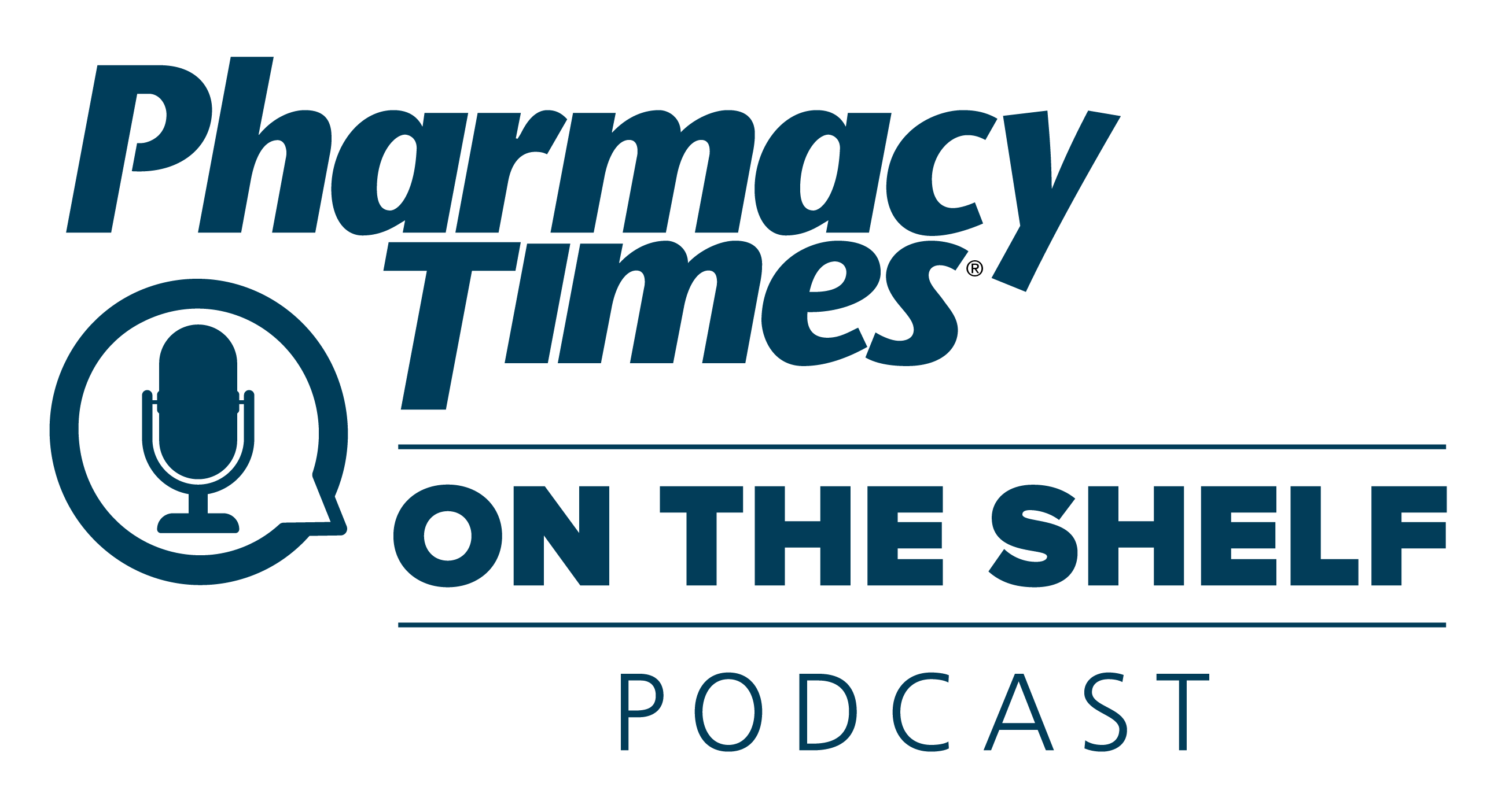Publication
Article
Pharmacy Times
Allergen Immunotherapy: Redirecting the Immune Response
Author(s):
Allergic rhinitis occurs when the immune system has an exaggerated reaction to allergens in the air.
Allergic rhinitis, also known as hay fever, occurs when the immune system has an exaggerated reaction to allergens in the air. These allergens are usually environmental and may include pollen, pet dander, dust, and mold. Symptoms include runny or stuffy nose, sneezing, and red, itchy, irritated eyes. This condition is fairly common and can interfere with sleep and daily activities.
Allergic rhinitis symptoms are often treated with oral, intranasal, or ophthalmic antihistamines, or intranasal or oral steroids. Other treatments include decongestants, cromolyn, leukotriene receptor antagonists, and nasal irrigation.
Allergen immunotherapy, also known as desensitization or hyposensitization, dates back to 1911 when English scientists Leonard Noon and John Freeman envisaged the only long-term treatment for allergic rhinitis.1 This idea originated from the positive results of vaccineinduced disease prevention.1
Allergen extracts are complex mixtures of allergenic source materials (ie, pollens, fungi, animal materials, arthropods, and foods) and nonallergenic proteins, glycoproteins, polysaccharides, proteases, and small molecular-weight substances typically prepared in aqueous extraction and less commonly prepared in glycerinated or lyophilized formulations. These extracts can be standardized or unstandardized. When available, standardized products are preferred because they are compared with the US reference standard for potency.
Mechanism of Action
In allergen immunotherapy, a patient is administered gradually increasing doses of allergen extracts until a maintenance dose is achieved and then continued for 3 to 5 years. The allergen extracts can be given by subcutaneous injection or sublingual drops or tablets.2
The goal of therapy is to restore tolerance to the allergen by redirecting the immune response from humoral immunity toward cellular immunity. This encourages the body to produce fewer IgE antibodies and more Th1 regulatory cells, which secrete interleukin-10 and/ or transforming growth factor beta.3
Who Should Receive Immunotherapy?
Immunotherapy is not for everybody, but is often recommended for patients when their allergy symptoms are severe, the allergen is difficult to avoid, or medications are unhelpful, are contraindicated, or cause serious adverse effects.4 Children younger than 2 years should not receive allergy shots, and children 3 to 4 years of age may not tolerate so many shots.5 Because of medical conditions or medications, older adults may be at a higher risk of severe allergic reaction to shots.5
Immunotherapy for allergic rhinitis can be expensive, and symptom improvement usually takes at least 4 to 5 months, but can take up to a year.5 In addition, patients should be evaluated by their primary health care provider at least once every 6 to 12 months.5
Immunotherapy Injections
Patients receiving immunotherapy injections must receive them under the supervision of a physician or qualified physician extender (a nurse practitioner or a physician assistant) in a facility properly equipped to recognize and treat adverse reactions, including anaphylaxis.1 Patients considering immunotherapy injections for allergic rhinitis should realize they are committing to once monthly to twice weekly injections for 3 to 5 years and that they have to stay in the care provider’s office for 30 minutes following each injection.
Several factors affect the potency of these allergy injections. These formulations should be stored in the refrigerator at 39.2°F to preserve biologic activity. These drugs degrade within days if left at room temperature. Highly concentrated allergens are more stable than those that have been diluted, so injections should be administered immediately after the diluent has been added. In addition, every allergen has an expiration date that should be checked before dilution.
Common adverse effects of immunotherapy shots include redness, itching, and warmth at the injection site, which typically do not require treatment. Significant swelling may require a change in dose or reduction in frequency of the injections. Less common are systemic reactions such as hives, asthma symptoms, and low blood pressure. Very rarely, anaphylaxis can occur.5 These reactions are typically reversible with medications such as injectable epinephrine and antihistamines.
Sublingual Immunotherapy
Sublingual immunotherapy is an alternative to immunotherapy injections. In the form of tablets or drops, small doses of an allergen are placed under the tongue to reduce allergy symptoms and boost tolerance to specific allergens. Patients are advised to keep the tablet or drops under their tongue for 1 or 2 minutes before swallowing. This process is repeated 3 to 7 days per week and continued for 3 to 5 years.6
The first dose must be administered in a physician’s office, but subsequent doses may be administered at home. Adverse effects often occur early in treatment but are local and mild, including stomach upset and itching in the mouth. Anaphylaxis has been reported to rarely occur with sublingual immunotherapy.6 The Online Table provides a complete list of FDA-approved sublingual tablets for immunotherapy.
Table: Allergen Extract Sublingual Tablets Available in the United States
Brand Name
Manufacturer
Indication
Dosage
Grastek
Merck Sharp & Dohme Corp
Timothy grass pollen allergic rhinitis, with or without conjunctivitis
5-65 years of age: 2800 bioequivalent allergy units once daily
Oralair
Stallergenes SA
Kentucky blue grass, orchard, perennial rye, sweet vernal, or timothy grass pollen allergic rhinitis, with or without conjunctivitis
18-65 years of age: 300 index of reactivity (IR)
10-17 years of age: 100 IR increased over the first 3 days to 300 IR once daily
Ragwitek
Merck Sharp & Dohme Corp
Short ragweed pollen rhinitis, with or without conjunctivitis
18-65 years of age: 12 Amb a 1 units once daily
Sublingual tablets should be stored at room temperature and protected from light and moisture. They also should be kept in the blister pack until immediately before administration. The tablet should be allowed to dissolve under the tongue, and patients should wait at least 1 minute before swallowing it and at least 5 minutes before eating or drinking.
The Pharmacist’s Role
Any time a patient repeatedly comes to the pharmacy for allergy medication or has contraindications for medications to help control symptoms of allergic rhinitis, talk to the patient about immunotherapy. Many patients are surprised to learn that sublingual tablets are available. Educate patients about the commitments involved in immunotherapy. If patients miss doses of immunotherapy, they may have to restart it; therefore, it is important for patients to know what is expected up front.
Patients should also be made aware of the risks of immunotherapy, including anaphylaxis. If a patient has been allowed to self-inject treatments or to take sublingual tablets at home, the pharmacist should ensure the patient is equipped with, and knows how to use, an epinephrine auto-injector.
Could administration and monitoring of immunotherapy eventually become a pharmacist’s responsibility, much like vaccinations have? Once large-scale safety has been established, there is a very good chance this will become part of the pharmacist’s repertoire.
Dr. Kenny earned her doctoral degree from the University of Colorado Health Sciences Center. She has 20+ years’ experience as a community pharmacist and works as a clinical medical writer in Colorado Springs, Colorado. Dr. Kenny is also the Colorado education director for the Rocky Mountain Chapter of the American Medical Writers Association.
References
- Cox L. Immunotherapy can provide lasting relief. American Academy of Asthma & Immunology website. aaaai.org/conditions-and-treatments/library/allergy-library/immunotherapy-can-provide-lasting-relief.aspx. Accessed October 29, 2015.
- Immunotherapy. Allergy UK website. allergyuk.org/the-management-of-allergy/immunotherapy. Accessed October 25, 2015.
- Calderon MA, Frankland AW, Demoly P. Allergen immunotherapy and allergic rhinitis: false beliefs. BioMedCentral website. biomedcentral.com/1741-7015/11/255. Accessed October 25, 2015.
- Immunotherapy for treatment of allergy. Australian Society of Clinical Immunology and Allergy website. allergy.org.au/patients/allergy-treatment/immunotherapy?highlight=WyJhbGxlcmdlbiIsImltbXVub3RoZXJhcHkiLCJhbGxlcmdlbiBpbW11bm90aGVyYXB5Il0=. Accessed November 5, 2015.
- Allergies health center: allergy shots for allergic rhinitis. WebMD website. webmd.com/allergies/allergy-shots-immunotherapy-for-allergic-rhinitis. Accessed October 25, 2015.
- Sublingual immunotherapy (SLIT). American College of Allergy, Asthma, and Immunology website. acaai.org/allergies/treatment/sublingual-immunotherapy-slit. Accessed October 25, 2015.







